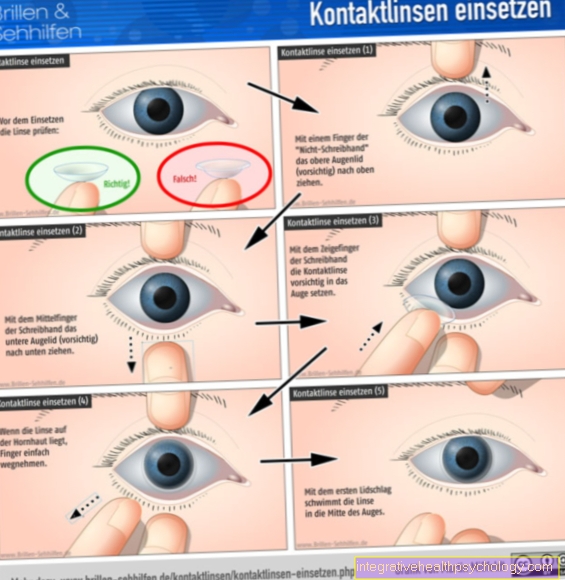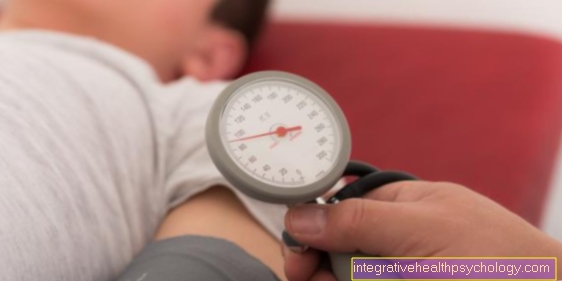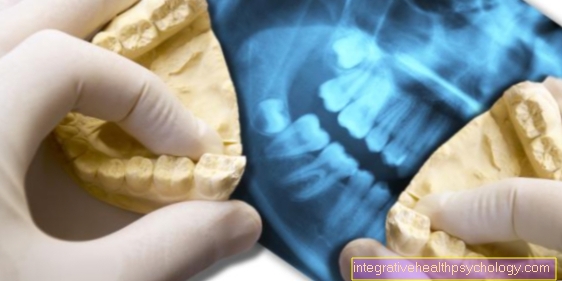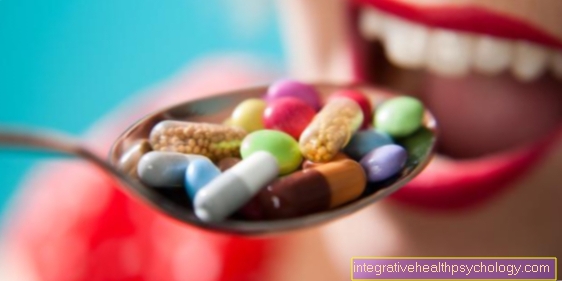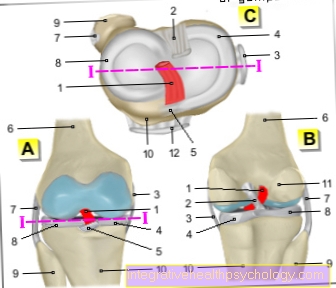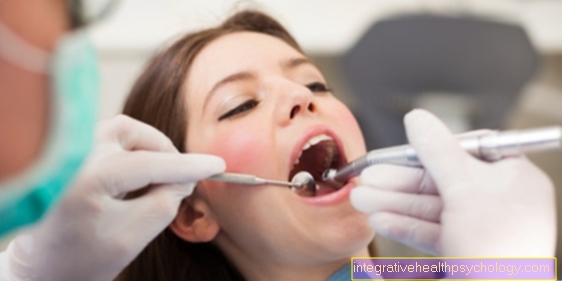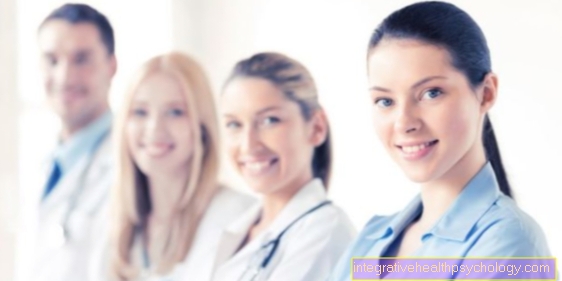Caution error: measurement errors in force diagnostics
introduction
The strength with its various forms of expression plays a major role in many sports.
In addition, strength skills can be trained to a high degree. Targeted strength diagnostics are therefore of great importance in training practice. While in the past decades sports motor strength tests were mainly used to assess individual strength skills, nowadays more and more biomechanical and sports medicine strength tests are finding their way into sports practice

Note:
Out training-scientific investigation it emerged:
- The measurement of the Maximum strength has proven to be reliable
- The starting power and the Speed strength index have poor reliability
Classification of strength diagnostics
The Strength diagnostics can be divided into three areas:
- Sports methodical strength diagnostics
- Sports biomechanical strength diagnostics
- Sports physiological / sports medicine strength diagnostics
1. The strength tests based on sports methods include e.g. Bench press, squat, jump & reach, standing long jump, etc. 2. The sports biomechanical strength tests include: Tests on the biomechanical power chair, drop jump, acceleration diagnostics3. Classic sports medicine strength tests are: ultrasound measurement, muscle biopsy, computed tomography and electromyography.
Biomechanical strength diagnostics
The extended possibilities of strength diagnostics are certainly an enrichment for sports practice and thus effective for long-term successful training, especially in competitive and high-performance sports.
However, the force values determined must not be unequivocally 100% reliable be considered.
Measurement errors must always be expected during a measurement. These can be device-related errors on the device or incorrect operation of the device. In addition, measurement errors often occur if testing is not carried out under standardized conditions or if athletes cannot reproducibly achieve the same performance.
Conclusions from the test result on the ability behind it
Be careful when interpreting the data:
A frequent problem in strength diagnostics, however, is not the accuracy of the measured value itself, but the question of whether behind the measured value there is also the degree of ability that should be tested.
Example:
Maximum strength of the Chest muscles/ Triceps muscles by Bench press. Possibly. an increase has not been achieved through effective training, but through improvements in bench press technique. Such misinterpretations occur more frequently, especially in the lower performance level.
Another prominent example for assessing measurement results is Bob Beamon's 8.90 m jump from 1968. This achievement was undoubtedly achieved, but it could never be confirmed. Is this width the real value?
Measurement errors and reliability
1. Axiom of the classical test theory
The first axiom of test theory says that a measured value is always composed of the true value and a measurement error.
X = W + ex
Only with a perfect reliability would the measurement error = 0 and the measured value the true value. In practice, however, this almost never happens!
Since the measurement error is unknown, the true value of the measurement is also not known.
Standard measurement error
If the reliability of a measurement method is known, the so-called standard measurement error can be determined:
The standard error of measurement:
ex = ± s x? 1-rrel
68% of the errors are in this interval. Larger errors are only to be expected in 32%.
In order to obtain more significant data, the Reliability increase.
The middle regression phenomenon
With test procedures it can happen that some values are particularly good or particularly bad.
With these values, a high true value can be associated with a false-high measurement error or a true low value with a false-low measurement error.
That this phenomenon occurs again when the measurement is repeated is very small.
The regression towards the middle means that wrong - high and wrong - low Tilt the measurement towards the middle when repeating the measurement
These change values are useless for assessing the training-related change.




